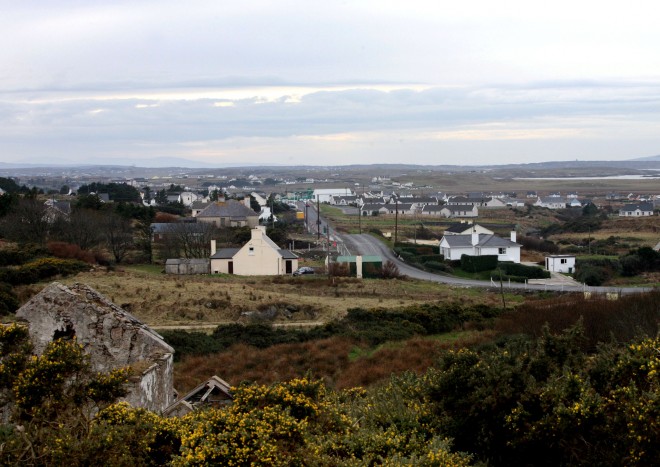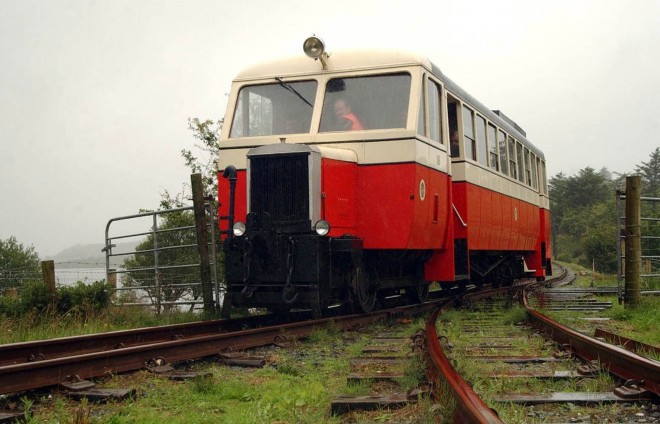
The homes of Gweedore.
COUNTY Donegal remains the ‘wild child of Ireland’ and Letterkenny still has no soul according to the biggest selling travel guidebook in the world – Lonely Planet.
Unfortunately, those dreaded holiday homes are also mentioned, but our beautiful coastline appears in the list of ‘Ireland’s top 21 experiences’ in 12th edition of the travel bible’s Ireland guide, which was published this week.
“After its northern start in Derry, the Wild Atlantic Way really begins to strut its stuff in Donegal as the county’s untamed craggy coastline truly puts the wild into the way,” it boldly states.
On a more negative note, the author of the Donegal chapter, Ryan Ver Berkmoes, describes Letterkenny as a market town run amok.
“Mindless development has resulted in numerous faceless retail parks lining the roads, traffic congestion and a lack of soul,” he states.
“However, as Donegal’s largest town, it has a buzz, both from its good pubs and its well-funded cultural centres. Still, you won’t want to linger here amid the myriad of malls.”
On a similar vein, the author said Bundoran “has the feel of a tacky beach town” with a “bleak” off-season, but does note its reliable surf and summertime atmosphere.
Donegal town occupies a photogenic spot at the mouth of Donegal Bay. With a backdrop of the Blue Stack Mountains, a handsome and well-preserved castle and a good choice of places to eat and sleep.
Heading ‘in through’, Kilcar and its “more attractive neighbour” Teelin make a good base for exploring the breathtaking coastline of southwest Donegal, especially the stunning Sliabh Liag cliffs.
Glencolmcille also gets a special mention, despite locals claiming there’s little to do there. The guide describes the local Folk Village as a “museum with a mission.”
Under the headline of ‘Worth a Trip’ is Donegal’s only operational railway at Fintown.

The train coming along the tracks at Fintown.
The writer declares that few places in Ireland are more “savagely beautiful” than the Gaoth Dobhair and Rosses areas of the northwest.
Noting that the stretch from Bunbeg to Gortahork is spoiled a little by the “uncontrolled sprawl of holiday homes”, he adds that the islands of Arranmore and Tory are fascinating to those eager for a glimpse of a more traditional way of life.
Falcarragh is described as a “workaday real town” without the “pretensions” of nearby Dunfanaghy while neighbouring Gortahork (and Falcarragh) give an intriguing glimpse into everyday Gaeltacht life. Surprisingly, there’s no mention of Dunfanaghy’s infamous holiday homes.
Glenveagh National Park, of course, gets a glowing report and, thankfully, the author refers to Errigal mountain in this edition by its proper name (not Mount Errigal).
The Inishowen Peninsula, and Malin head in particular, is described as a “special and peaceful” sort of place which contains ruined castles and traditional thatched cottages “that haven’t been turned into holiday homes.”
To read the full report, and how your area fares, see today’s Donegal News or subscribe to our digital edition.









